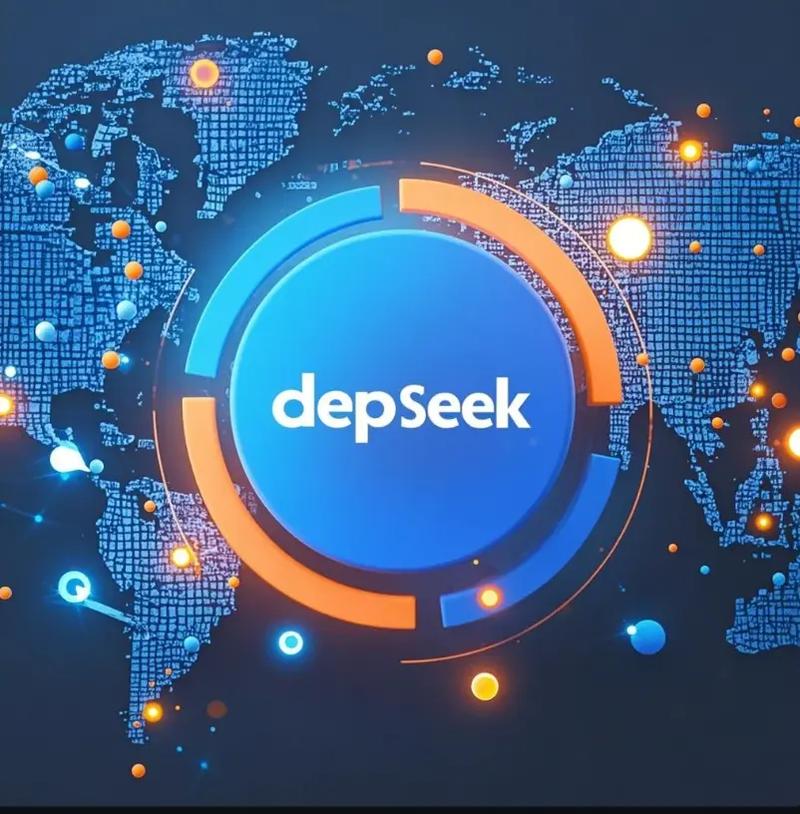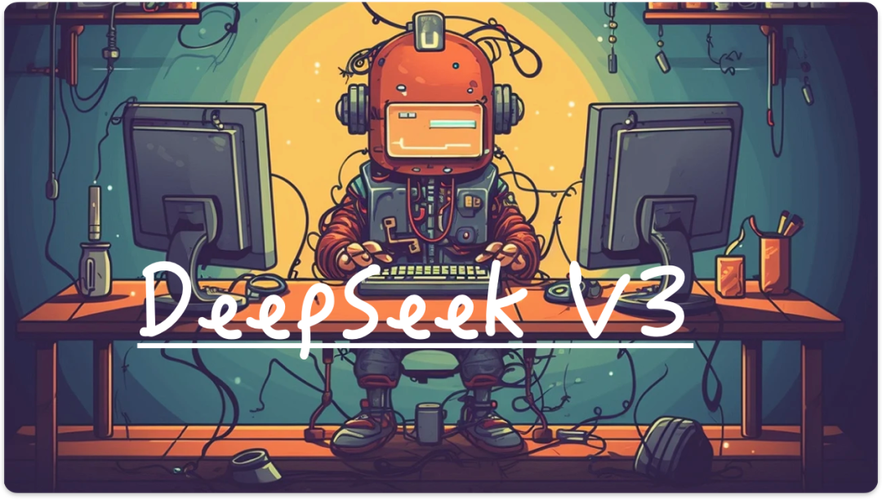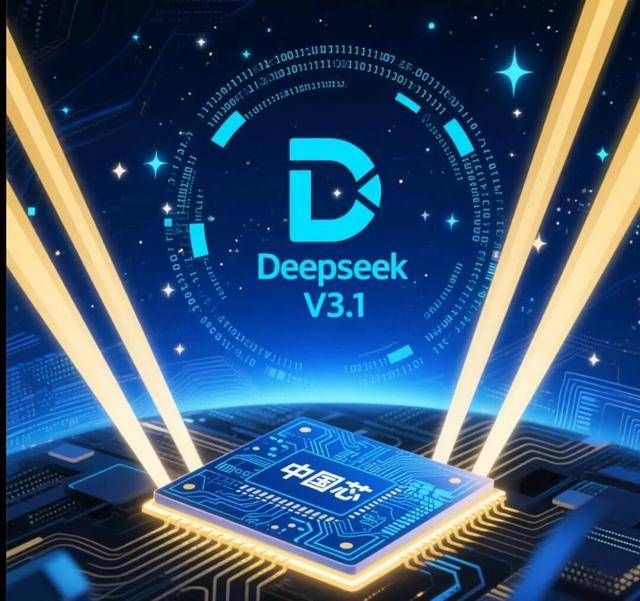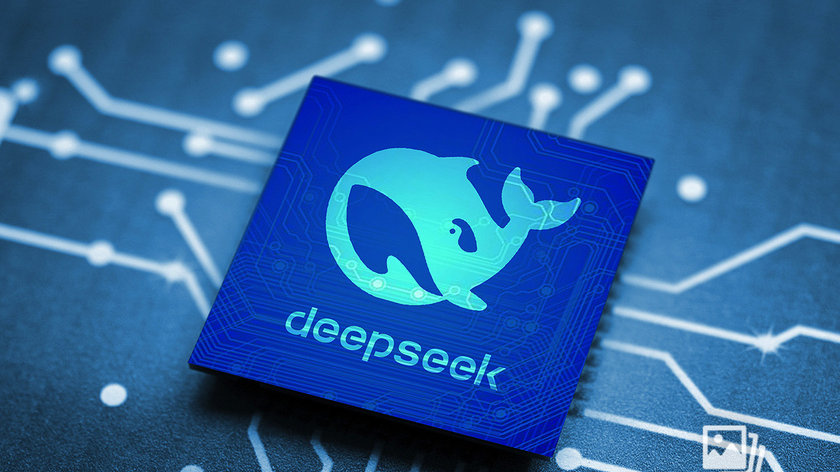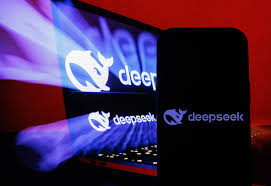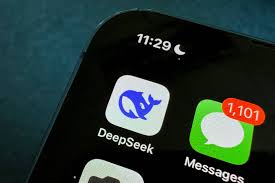OpenAI vs DeepSeek: The Ultimate AI Showdown in 2025
In the rapidly evolving world of artificial intelligence, two major players have captured global attention: OpenAI, the creator of ChatGPT, and DeepSeek, the ambitious challenger from China. Both are developing powerful large language models (LLMs), but their strategies, capabilities, and philosophies are vastly different.
DeepSeek's models are described as "open weight," meaning the exact parameters are openly shared, although certain usage conditions differ from typical open-source software.[17][18] The company reportedly recruits AI researchers from top Chinese universities[15] and also hires from outside traditional computer science fields to broaden its models' knowledge and capabilities.[12]
In this in-depth article, we’ll explore the differences between OpenAI and DeepSeek from every angle: technology, business models, performance, availability, and global impact. Whether you're a developer, researcher, or simply an AI enthusiast, understanding this rivalry will help you navigate the future of AI.
Table of Contents
Introduction
Who is OpenAI?
Who is DeepSeek?
Model Architecture Comparison
Model Size and Performance
Language and Multilingual Capabilities
Coding and Developer Tools
Open Source vs Closed Source
Local Deployment and Hardware Support
Pricing and Accessibility
API Ecosystem
Business Strategy and Revenue Models
Regional Influence (US vs China)
Security and Data Policies
Community and Ecosystem
Research and Publications
Education and Developer Engagement
Ethical Concerns and Regulation
Future Roadmaps
Final Verdict
1. Introduction
OpenAI and DeepSeek both aim to redefine how humans interact with machines. Their models can code, converse, translate, write poetry, debug, analyze data, and even build apps from scratch. But their origins, objectives, and implementations diverge dramatically.
Let’s begin by understanding where each comes from.
2. Who is OpenAI?
OpenAI was founded in 2015 by Elon Musk, Sam Altman, and others. Originally a non-profit AI research lab, OpenAI became a capped-profit company with a mission to ensure that artificial general intelligence (AGI) benefits all humanity.
Notable achievements:
ChatGPT (GPT-3.5, GPT-4, GPT-4-turbo, GPT-4o)
Codex (GitHub Copilot backend)
Whisper (open-source voice model)
DALL·E (text-to-image generation)
Reinforcement learning research
3. Who is DeepSeek?
DeepSeek AI is a Chinese AI research company launched in 2023 by top researchers, developers, and investors. DeepSeek’s goal is to build world-class AI models optimized for reasoning, coding, and multilingual capabilities—especially for Chinese and Asian contexts.
Notable achievements:
DeepSeek-Coder (code generation model)
DeepSeek R1 (671B parameter MoE model)
High-speed inference engine
Focus on hybrid open-source and cloud-based AI
4. Model Architecture Comparison
| Feature | OpenAI (GPT-4/4o) | DeepSeek (R1) |
|---|---|---|
| Model Type | Dense Transformer | Mixture-of-Experts (MoE) |
| Parameters | ~175B (GPT-4), ~1.8T (GPT-4o*) | 671B total, 37B active per token |
| Token Limit | Up to 128K (GPT-4o) | Up to 128K in R1 |
| Routing | Static | Dynamic expert activation |
DeepSeek uses MoE architecture to optimize computational cost by only activating a subset of the model, while OpenAI uses dense transformers—making it more consistent but more expensive per token.
5. Model Size and Performance
DeepSeek R1:
671 billion total parameters
Only 37 billion active per forward pass
Massive scale with optimized efficiency
Exceptional performance in Chinese and code-based benchmarks
GPT-4o:
OpenAI’s most advanced model (as of 2025)
Multimodal (text, image, voice, video input)
Real-time reasoning, emotion, and vision capabilities
6. Language and Multilingual Capabilities
| Language | OpenAI (GPT-4o) | DeepSeek R1 |
|---|---|---|
| English | ✅✅✅ | ✅✅ |
| Chinese (Mandarin) | ✅✅ | ✅✅✅ (Superior) |
| Japanese | ✅✅ | ✅✅ |
| Korean | ✅ | ✅✅ |
| Arabic | ✅✅ | ✅✅ |
| Tamil, Hindi | ✅ | ✅✅ |
DeepSeek is trained on massive multilingual corpora, especially optimized for Chinese and Asian contexts. OpenAI excels in global coverage but is less fine-tuned for regional dialects or cultural nuance.
7. Coding and Developer Tools
DeepSeek has made waves with DeepSeek-Coder, a 6.7B parameter model fine-tuned for code generation.
| Capability | OpenAI (GPT-4/4o) | DeepSeek R1 |
|---|---|---|
| Python Expertise | ✅✅✅ | ✅✅✅ |
| JS/TypeScript | ✅✅ | ✅✅ |
| Debugging Logs | ✅✅✅ | ✅✅ |
| Code Explanation | ✅✅✅ | ✅✅✅ |
| IDE Integration | Advanced (Copilot) | Moderate (via Ollama/LM Studio) |
DeepSeek is better for offline or local development, while OpenAI shines in GitHub Copilot, VS Code extensions, and cloud environments.
8. Open Source vs Closed Source
| Feature | OpenAI | DeepSeek |
|---|---|---|
| Full Model Release | ❌ | ❌ (partial) |
| Open Weights (subset) | ❌ | ✅ (DeepSeek-Coder) |
| Tokenizers | ✅ (tiktoken) | ✅ (open tokenizer) |
| Local Use Supported | ❌ (closed) | ✅ (GGUF via Ollama) |
DeepSeek’s partial openness has won over the developer and researcher communities, especially those focused on running LLMs locally.
9. Local Deployment and Hardware Support
DeepSeek:
Supports GGUF quantized models
Works with LM Studio, Ollama, KoboldAI, LMDeploy
Ideal for Mac M1/M2, Linux, and Windows with NVIDIA GPUs
OpenAI:
No support for local deployment
Everything must run via OpenAI API (cloud only)
10. Pricing and Accessibility
| Model Access | OpenAI (GPT-4o) | DeepSeek R1 |
|---|---|---|
| Chat API | $0.01–0.03/1K tokens | Beta-only or free |
| Free Tier | GPT-3.5 only | Public Web Chat |
| Pro Plan | $20/month | Free (limited) |
| Local Model Cost | ❌ | Free via Ollama |
DeepSeek wins on cost and accessibility, especially for self-hosted models.
11. API Ecosystem
OpenAI has a fully matured API ecosystem:
Embeddings, function calling, retrieval
Vision, audio, image generation
Fine-tuning, assistants, tools
DeepSeek API (currently in beta):
Text completion
Code generation
Chat endpoint
Simple but growing rapidly
12. Business Strategy and Revenue Models
| Company | Strategy | Revenue Streams |
|---|---|---|
| OpenAI | API & Platform Ecosystem | ChatGPT Plus, Enterprise API, Microsoft |
| DeepSeek | Developer-first, Open Tools | Private cloud, B2B licensing, Open weights |
OpenAI is more SaaS-oriented, while DeepSeek is focused on developer adoption and domestic AI sovereignty in China.
13. Regional Influence (US vs China)
OpenAI:
Widely adopted in North America, Europe, India
Banned or restricted in China
DeepSeek:
Focused on Asia, especially China, Singapore, and South Korea
Growing global presence due to local deployment options
14. Security and Data Policies
OpenAI: User data may be used for model improvement (unless opted out)
DeepSeek: No cloud data sharing when run locally
Both comply with regional AI laws (e.g., GDPR, Chinese cybersecurity laws)
15. Community and Ecosystem
OpenAI:
Massive global community
Courses, tutorials, third-party integrations
Hugely active on GitHub, Reddit, StackOverflow
DeepSeek:
Strong presence in Chinese dev communities
Rising popularity on Hugging Face, YouTube, and Bilibili
Growing English-speaking fan base (e.g., via Ollama, LM Studio)
16. Research and Publications
OpenAI:
Pioneered RLHF, GPT architectures, and Instruct models
Often delayed papers due to proprietary concerns
DeepSeek:
Transparent on architecture, training data, and tokenizers
Mix of Chinese and English papers
17. Education and Developer Engagement
OpenAI:
Offers official documentation
Partnered with universities and schools
Heavily used in ed-tech startups
DeepSeek:
Hosting live workshops in Asia
Promotes open tools for education
Detailed integration tutorials with VS Code, Ollama, etc.
18. Ethical Concerns and Regulation
OpenAI:
Often criticized for closed-source pivot
Actively participates in US regulatory discussions
DeepSeek:
Operates within Chinese AI guidelines
Faces scrutiny over global AI data access rules
Both are trying to balance innovation with responsibility, though from very different policy environments.
19. Future Roadmaps
OpenAI:
Multimodal agents
Real-time video input/output
Assistant-like ecosystems with tools and memory
DeepSeek:
DeepSeek R2 with improved multilingual reasoning
Voice agent (Chinese-first)
Website and app builders (e.g., Deepsite)
Full offline chatbot suite
20. Final Verdict
| Category | Winner |
|---|---|
| Accessibility | DeepSeek |
| Multilingual Strength | DeepSeek |
| Cloud Ecosystem | OpenAI |
| Local Deployment | DeepSeek |
| Multimodal Capabilities | OpenAI |
| Open-Source Friendliness | DeepSeek |
| Developer Support | OpenAI (mature) |
🔥 Conclusion:
OpenAI remains the king of AI as a service. But DeepSeek is rising fast with its unique focus on open, developer-centric, locally deployable AI. It’s not just a rival—it’s shaping a parallel vision of what powerful, responsible AI can be.

